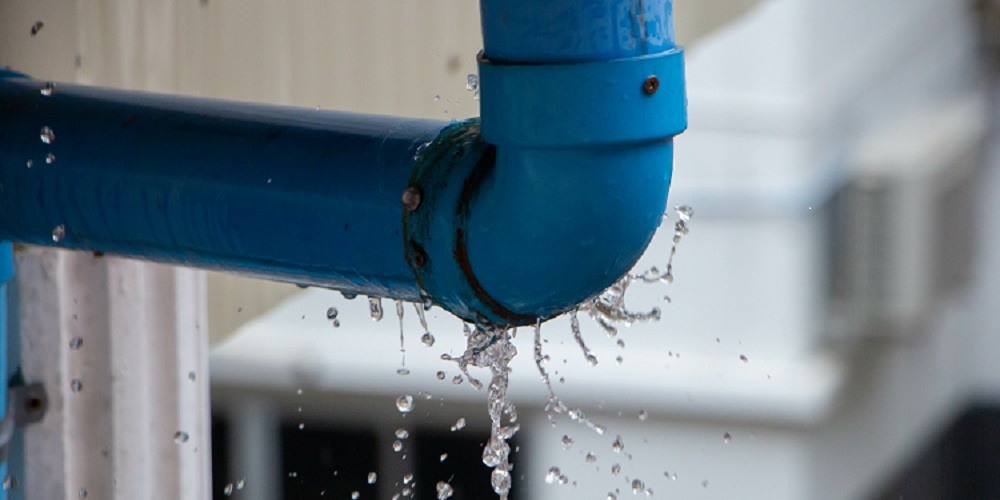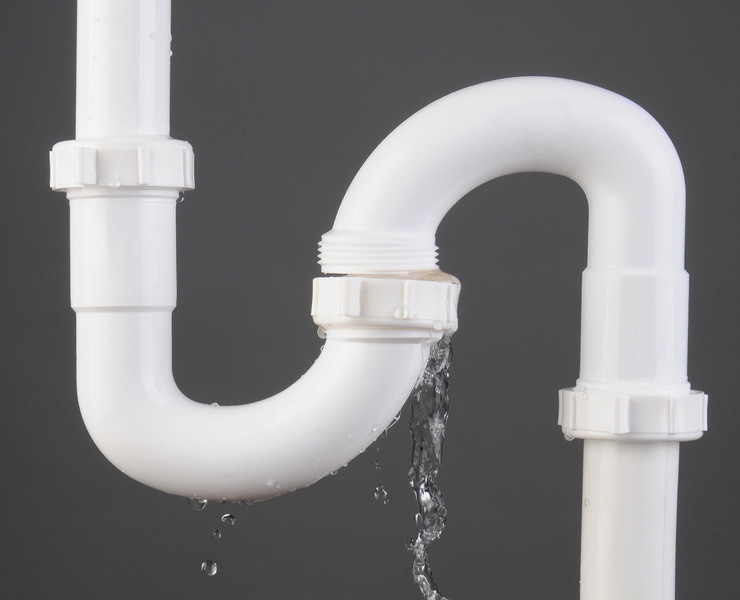What are your opinions on Finding hidden leaks?

Early detection of dripping water lines can reduce a prospective disaster. In addition to saving you money, it will reduce the stress and also frustration. The moment you find a leakage, calling your plumber for fixings is the most effective option. Nevertheless, some tiny water leakages might not be visible. If you can not spot it with your nude eyes, here are some hacks that assist.
1. Take A Look At the Water Meter
Every residence has a water meter. Checking it is a guaranteed manner in which aids you uncover leaks. For starters, turn off all the water sources. Make sure no person will flush, use the tap, shower, run the washing machine or dishwashing machine. From there, go to the meter and also watch if it will certainly alter. Because no one is utilizing it, there should be no movements. If it relocates, that suggests a fast-moving leakage. Also, if you detect no changes, wait a hr or more and check back once more. This implies you may have a slow-moving leakage that can even be below ground.
2. Examine Water Usage
Evaluate your water bills and also track your water intake. As the one paying it, you must discover if there are any type of disparities. If you find sudden changes, regardless of your consumption coinciding, it implies that you have leakages in your plumbing system. Bear in mind, your water expense ought to fall under the very same range monthly. An unexpected spike in your costs indicates a fast-moving leak.
On the other hand, a steady boost every month, even with the same behaviors, shows you have a sluggish leakage that's additionally gradually escalating. Call a plumber to completely inspect your building, particularly if you really feel a warm area on your floor with piping beneath.
3. Do a Food Coloring Test
30% comes from toilets when it comes to water consumption. Test to see if they are running appropriately. Drop specks of food shade in the storage tank as well as wait 10 minutes. There's a leak between the storage tank and dish if the color somehow infiltrates your bowl throughout that time without flushing.
4. Asses Outside Lines
Do not neglect to check your outdoor water lines also. Must water leak out of the link, you have a loose rubber gasket. One little leak can waste tons of water and also spike your water bill.
5. Evaluate as well as Evaluate the Scenario
House owners should make it a practice to examine under the sink counters and also inside cabinets for any type of bad odor or mold and mildew development. These 2 warnings suggest a leakage so timely attention is called for. Doing regular inspections, even bi-annually, can save you from a major problem.
Examine for discolorations as well as deteriorating as many pipelines as well as devices have a life span. If you think leaking water lines in your plumbing system, do not wait for it to escalate.
Early detection of dripping water lines can mitigate a possible disaster. Some little water leaks may not be visible. Examining it is a surefire means that aids you find leaks. One little leakage can throw away lots of water and also surge your water bill.
If you suspect leaking water lines in your plumbing system, do not wait for it to rise.
WARNING SIGNS OF WATER LEAKAGE BEHIND THE WALL
PERSISTENT MUSTY ODORS
As water slowly drips from a leaky pipe inside the wall, flooring and sheetrock stay damp and develop an odor similar to wet cardboard. It generates a musty smell that can help you find hidden leaks.
MOLD IN UNUSUAL AREAS
Mold usually grows in wet areas like kitchens, baths and laundry rooms. If you spot the stuff on walls or baseboards in other rooms of the house, it’s a good indicator of undetected water leaks.
STAINS THAT GROW
When mold thrives around a leaky pipe, it sometimes takes hold on the inside surface of the affected wall. A growing stain on otherwise clean sheetrock is often your sign of a hidden plumbing problem.
PEELING OR BUBBLING WALLPAPER / PAINT
This clue is easy to miss in rooms that don’t get much use. When you see wallpaper separating along seams or paint bubbling or flaking off the wall, blame sheetrock that stays wet because of an undetected leak.
BUCKLED CEILINGS AND STAINED FLOORS
If ceilings or floors in bathrooms, kitchens or laundry areas develop structural problems, don’t rule out constant damp inside the walls. Wet sheetrock can affect adjacent framing, flooring and ceilings.
https://www.servicemasterbyzaba.com/blog/how-to-detect-water-leakage-in-walls/

I'm certainly very fascinated with Detecting hidden plumbing leaks and I hope you enjoyed the entire post. Are you aware of somebody else who is excited about the niche? Take a moment to share it. Thanks for your time. Visit us again soon.